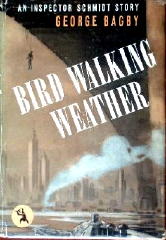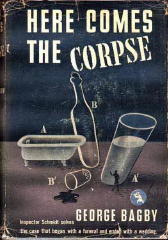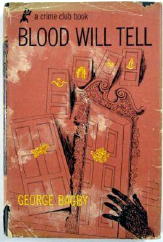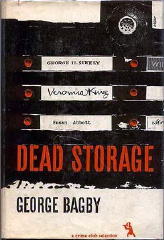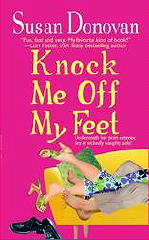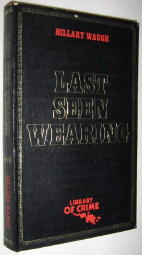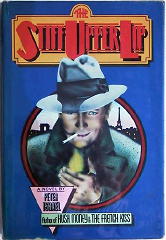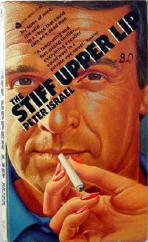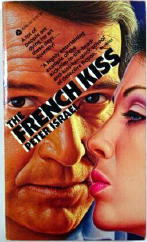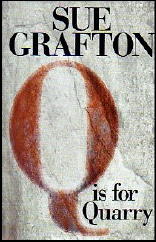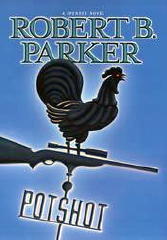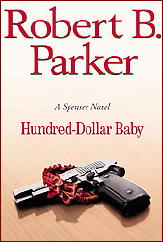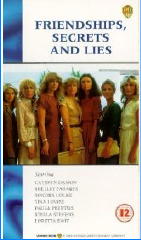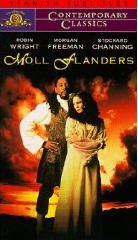Fri 2 Jan 2009
A 1001 MIDNIGHTS review: DONALD W. WESTLAKE – God Save the Mark.
Posted by Steve under 1001 Midnights , Authors , Reviews[3] Comments

DONALD E. WESTLAKE – God Save the Mark.
Random House, hardcover, 1967. Paperback reprint: Signet, 1968, several printings; Charter, 1979; Mysterious Press, 1987. Hardcover reprint: Forge, 2004.
God Save the Mark, for which Westlake received a much deserved MWA Best Novel Edgar in 1968, is a comedy whodunit with barely restrained elements of slapstick — a type of book no one in the world has done better than Westlake.
Its narrator and bumbling hero is Fred Fitch, a mark among marks; i.e., an easy victim, a ready subject for the practices of confidence men; i.e., the perfect sucker. Fred Fitch has more fake receipts, phony bills of sale, and counterfeit sweepstakes tickets than any man alive. He has even purchased a “money machine,” which is on a par with shelling out good hard cash for a piece of the Brooklyn Bridge.

As the jacket blurb says, “Every itinerant grifter, hypster, bunk artist, short-conner, amuser, shearer, shortchanger, green-goods worker, penny-weighter, ring-dropper and yentzer to hit New York considers his trip incomplete until he’s also hit Fred Fitch. He’s sort of the con-man’s version of Go; pass Fred Fitch, collect two hundred dollars, and move on.”

But Fred’s earlier problems seem minor compared to those he encounters after a relative he didn’t know he had, the mysterious Uncle Matt, is killed (murdered, in fact) and he is willed $300,000.
First of all, every grifter, hypster, bunk artist, etc., seems bent on relieving Fred of some or all of that hefty bequest; second and by no means least of all, the person or persons unknown who bumped off Uncle Matt is or are now trying to bump off Fred.

The characters he meets as he tries to find out what is going on include a stripper named Gertie Divine, the Body Secular; a lawyer named Goodkind; an elusive crook named Gus Ricovic; a couple of cops called Steve and Ralph; a needle-happy doctor named Osbertson; and a former partner of Uncle Matt’s named Professor Kilroy.
Add to them the wackiest chase sequences this side of a Mel Brooks movie, and you have — or will have — any number of chuckles, laughs, and guffaws. Anybody who doesn’t find this novel at least semi-hilarious probably wouldn’t crack a smile at a politician’s wake.

Two of Westlake’s other novels in this same vein are likewise fast, funny, and fun: The Busy Body (1966) and The Spy in the Ointment (1966). Two more — Who Stole Sassi Manoon? (1969) and Somebody Owes Me Money (1969) — are less successful (Sassi Manoon, in fact, may be Westlake’s worst novel), which is no doubt the reason he turned to other types of comic suspense.
———
Reprinted with permission from 1001 Midnights, edited by Bill Pronzini & Marcia Muller and published by The Battered Silicon Dispatch Box, 2007. Copyright © 1986, 2007 by the Pronzini-Muller Family Trust.








